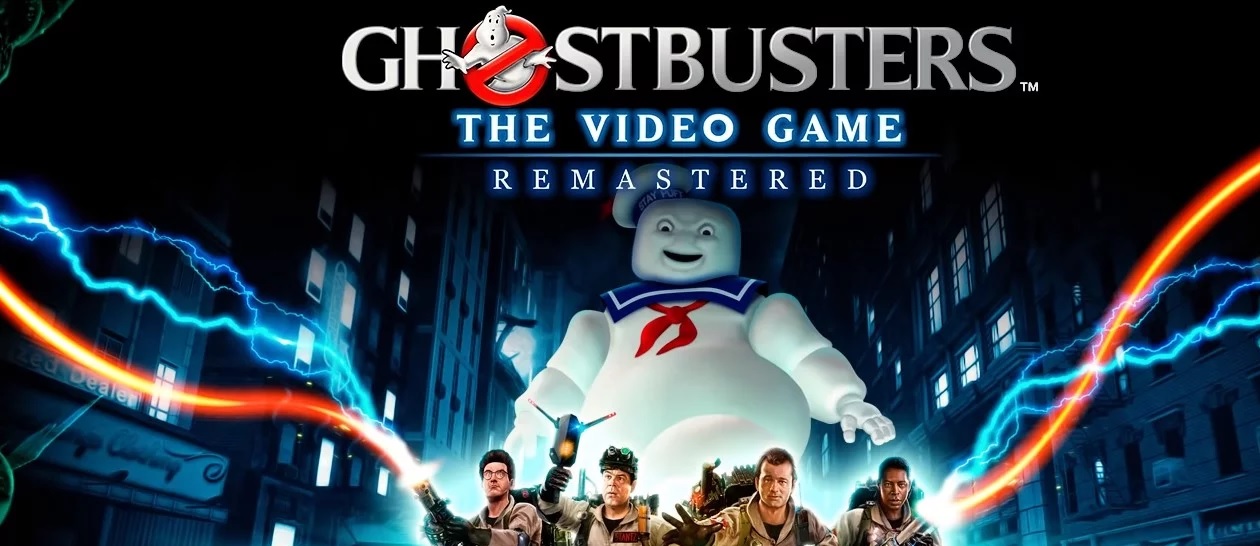
Contra - Released in Europe as Probotector, replaces the human combatants with robots due to a German law that bans video games that allows shooting people. Bionic Commando - The game was renamed from Top Secret: The Resurrection of Hitler ( ヒットラーの復活 トップシークレット, Hittorā no Fukkatsu: Toppu Shīkuretto), the character of Adolf Hitler was renamed "Master-D", the Nazis are renamed "The Badds" in-game (they're referred to as "The Nazzs" in the instruction manual) and all swastikas were edited into a German eagle insignia. In North America, the game was released by Midway Manufacturing as part of its licensing agreement with Namco America Pac-Man - The original Japanese title of Puck Man was changed to Pac-Man for international releases as a preventative measure against defacement of the arcade machines by changing the P to an F. The second console is still operational and is currently a playable exhibit at the Computer History Museum. Unfortunately, Pitts and Tuck were unable to turn Galaxy Game into a commercial success because they chose to focus on the game’s engineering rather than the business side of their idea. The console charged players 10 cents per game or 25 cents for three and was popular among the university’s students. Pitts and Tuck spent $65,000 building two prototype consoles for Galaxy Game and installed them in the student union. Galaxy Game is the lesser-known of the first two arcade games ever released, which were both based on the earlier computer game Spacewar! The game was developed by Bill Pitts and Hugh Tuck, at the student union building of Stanford University, around the same time that Syzygy Engineering (which would later become Atari) released its Spacewar!-based arcade game, Computer Space. In addition to the separate game cards, Magnavox sold the first video game light gun as a peripheral controller. The games included with the Odyssey were: Table Tennis, Ski, Simon Says, Analogic, Hockey, Football, Cat and Mouse, Haunted House, Submarine, Roulette, and States. Additional games were sold separately later in the year and in 1973. The Odyssey debuted in the Fall of 1972 and the U.S. They showed their prototype to several manufacturers before Magnavox agreed to produce the console in 1971. Baer and he spent several years developing a prototype with Bill Harrison and Bill Rusch. The idea for a video game console was developed by Ralph H. The Magnavox Odyssey was the first home video game console ever released. Photo source: Wikimedia Commons via Evan-Amos 
Pong has has been a part of popular culture since its release.Ĭreator(s): Small team led by Ralph H. Atari released numerous sequels to Pong and released a home version of the game during the 1975 Christmas season. Due to Pong’s success, several companies began producing games similar to Pong. Pong was an immediate hit and it is considered the first commercially successful video game.

Bushnell and Atari co-founder Ted Dabney liked Alcorn’s work and decided to manufacture the game.

Pong was created by Allan Alcorn as a training exercise assigned to him by Nolan Bushnell, the co-founder of the newly renamed video game company Atari (it was previously called Syzygy Engineering). Creator(s): Allan Alcorn while working for AtariĪlthough all of the games on this list influenced the video game industry in some way, Pong‘s success made the video game industry a viable business.







 0 kommentar(er)
0 kommentar(er)
